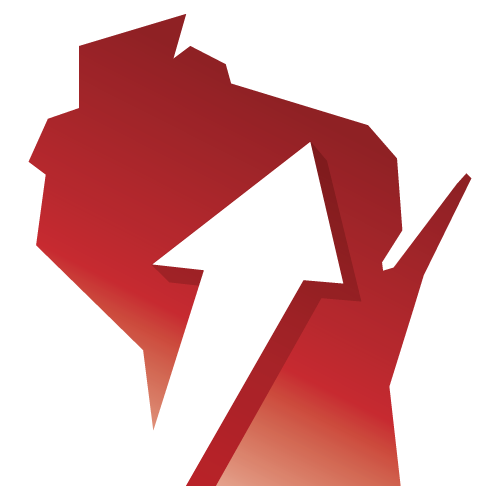Workday training begins in March 2025, but if you work in HR, you can start learning the basic terms related to employment now so you’re ready to dive in.
Job Profile – The descriptors of a job or position, such as management level, pay rate type, compensation, skills, and other qualifications.
Worker Type – A Worker is a person who is either an employee hired by UW Institutions/System, or a contingent worker contracted by an outside company/employer.
Worker Profile – A worker profile contains employee information such as contact information, job information, and service dates. Only limited information, such as contact information (e.g. telephone number; email address), team, or organization is available to other employees. This information acts as a directory for all employees.
Position or Job – The set of job details for an individual Worker or empty position, including details such as job family, job profile, worker type, location, and time type. Whether a Worker has a Job or Position is based on the staffing model they are in (Job Management v. Position Management).
Staffing Model – A structure that defines how jobs and positions are created and filled in a supervisory organization. Workday supports two kinds of staffing models: Job Management and Position Management. Each supervisory organization has only one staffing model assigned to it; however, a manager can manage both Job and Position Management supervisory organizations.
Job Management Staffing Model – One of two available staffing models. A structure that defines one set of hiring restrictions for all jobs in a supervisory organization, with no specific limits on the number of jobs that can be filled. When a JM Worker is terminated, no Position is left behind.
Position Management Staffing Model – One of two staffing models. A structure that defines different staffing rules and restrictions for each position in an organization. In the Position Management (PM) model, Workers must be hired into defined Positions, which persist if a Worker leaves the University.
Supervisory Organization (Sup Org) – Supervisory Organizations group workers into a hierarchy based on the reporting relationships. Sup Orgs report to one another to form the Supervisory Organization Hierarchy. Jobs, positions, default organizations, security role assignment, and compensation structures are associated with Sup Orgs.
